Rorabeck II Periprosthetic Femoral Fracture at Notching Site Post Total Knee Arthroplasty
Score and Comment on this Case
Clinical Details
Clinical and radiological findings: A 67-year-old female patient presented with a history of total knee arthroplasty performed 3 years prior at a different center. Initial evaluation revealed a periprosthetic femoral fracture through a notching site observed on the lateral radiograph. This fracture occurred 2 years postoperatively, and the patient sought care for this complication.
Preoperative Plan
Planning remarks: The preoperative plan included an anterolateral femoral approach to directly access the fracture site. The strategy involved open reduction and internal fixation (ORIF) with careful consideration for preserving the integrity of the existing prosthesis. The use of a distal femoral locking plate was anticipated to provide stable fixation while accommodating the prosthetic components.
Surgical Discussion
Patient positioning: The patient was positioned supine on the operating table with the affected leg slightly elevated using a supportive bolster to facilitate access to the lateral aspect of the thigh and knee.
Anatomical surgical approach: A longitudinal incision was made along the anterolateral aspect of the thigh, extending from the vastus lateralis muscle distally towards the lateral epicondyle of the femur. Subfascial dissection was performed to expose the lateral aspect of the femur, taking care to protect the surrounding neurovascular structures. The fracture site was identified, and meticulous dissection was carried out to preserve the soft tissue envelope around the prosthesis.
Operative remarks:To avoid "golf club malreduction," care was taken not to compress the femur laterally with a plate.
Postoperative protocol: Postoperative rehabilitation protocol included immediate mobilization with non- weight-bearing Range of motion exercises were initiated early under physiotherapist supervision to prevent stiffness and promote joint function.
Follow up: At 1 year follow-up, the patient demonstrated satisfactory progress with evidence of fracture healing on radiographs. She was ambulating independently with a walking aid.
Orthopaedic implants used: Distal femoral locking plate system, cortical and locking screws.
Search for Related Literature
Industry Sponsership
contact us for advertising opportunities
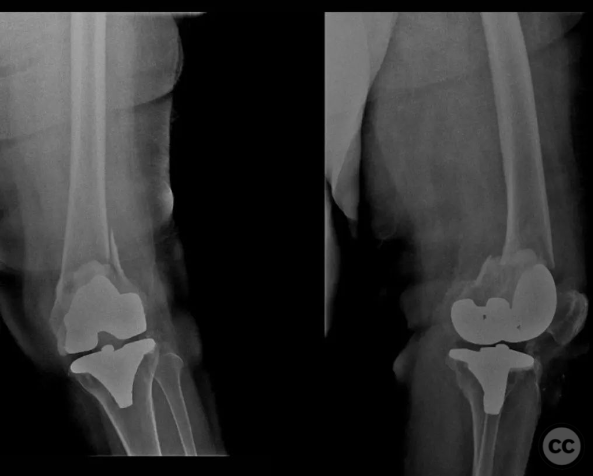
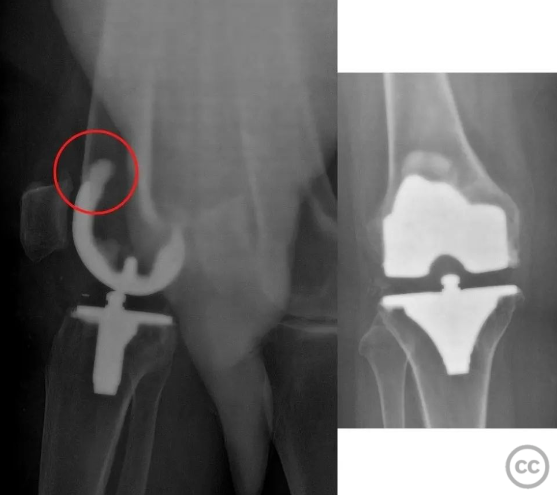
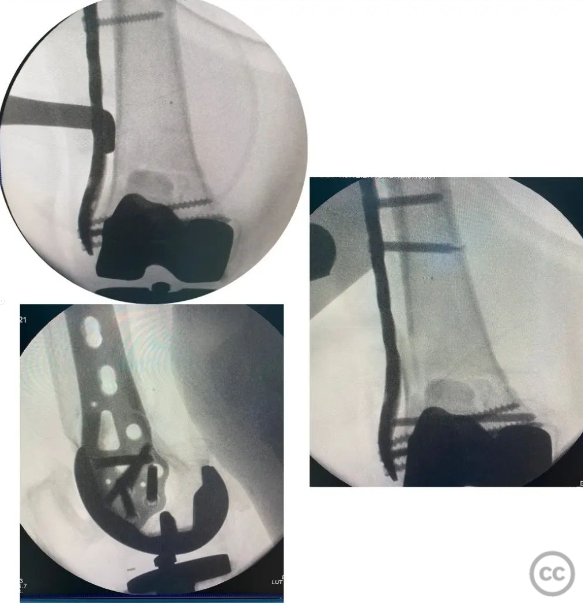
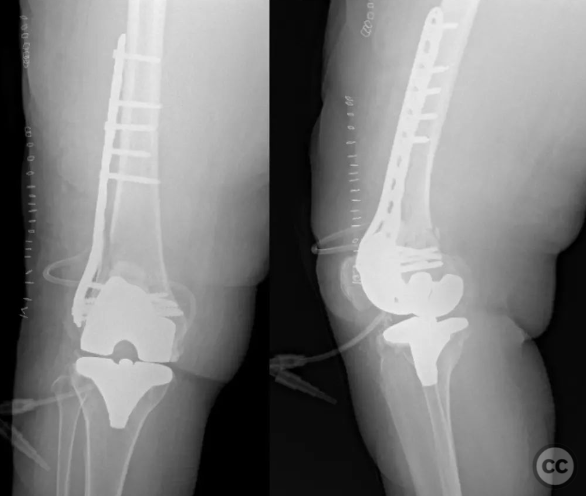
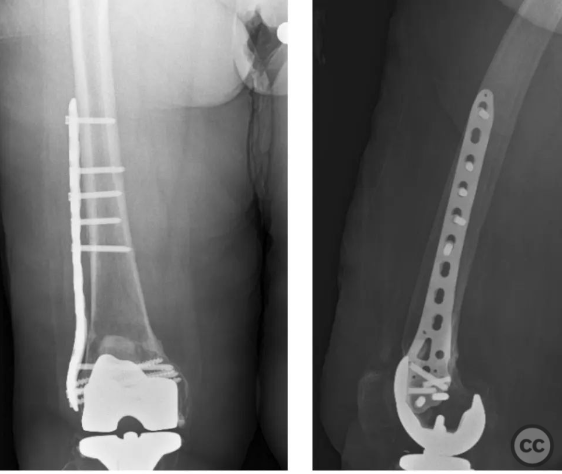


Article viewed 369 times
07 Mar 2024
Add to Bookmarks
Full Citation
Cite this article:
Gumusgoz M. (2024). Rorabeck II Periprosthetic Femoral Fracture at Notching Site Post Total Knee Arthroplasty. Journal of Orthopaedic Surgery and Traumatology. Case Report 44537506 Published Online Mar 07 2024.